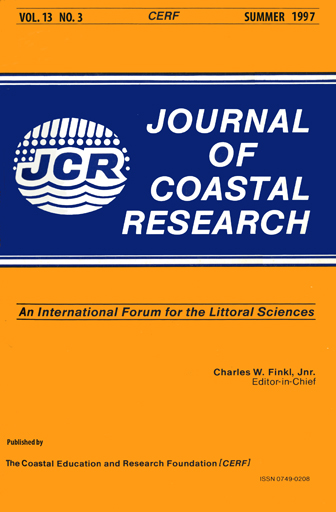Regional Coastal Morphodynamics Along the United States Gulf of Mexico
Keywords:
Coastal erosion, sea level rise, sediment compaction, transgression, progradation, longshore sediment transportAbstract
The Gulf Coast of the United States exhibits a wide range of shoreline dynamics depending on the relative rise of local sea level, interactions of wave and tide energy, and sediment supply. The general trend of increased erosion during the past several decades is due in part to rising sea level and perhaps more importantly, to human intervention in the form of impoundment of sediment along fluvial/estuarine systems and, more locally, by numerous hard structures, especially those designed for navigation.
Generally the Texas coast is fairly stable except for three eroding deltaic headlands. Parts of the chenier coast of Texas and Louisiana are severely eroding and parts are accreting. The open coast of the Mississippi Delta area is the most rapidly eroding shoreline in the Gulf of Mexico and has severe problems throughout most of its extent. The northeastern coast of the Gulf is eroding in the west, but the peninsula of Florida is fairly stable. Because of the great local variability, these generalizations do have exceptions.


